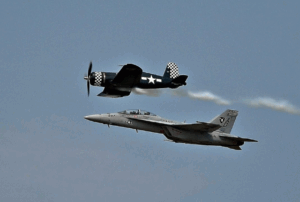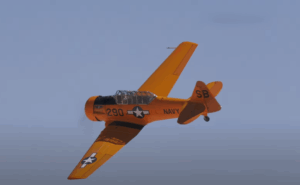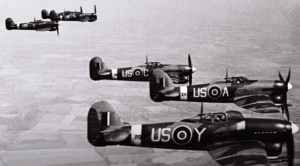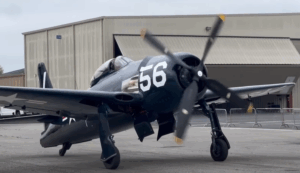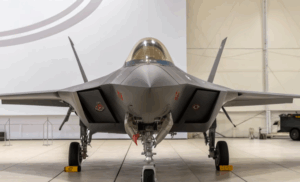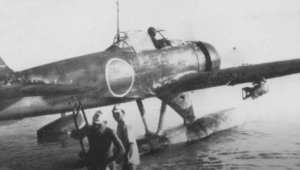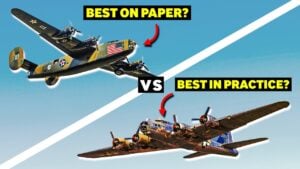The Story of the Last American Airmen To Fall In Combat During WW2

World War Profiles / YouTube
A Mission After Surrender
On August 18, 1945, four days after Japan accepted terms for unconditional surrender, a U.S. reconnaissance flight took off over Tokyo. It was meant to be a routine operation. But for 20-year-old Flight Sergeant Anthony Marioni, it turned into a deadly mission. He became the final American airman killed in combat during the Second World War.
Marioni was born on August 5, 1925, in Pottstown, Pennsylvania. He was the oldest of three children in an Italian immigrant family. In November 1943, he joined the U.S. Army Air Forces, hoping to become a pilot. Instead, he was trained as an aerial gunner. A year later, he joined a B-24 Liberator crew at Davis-Monthan Army Airfield in Arizona. He was then moved to Will Rogers Air Force Base in Oklahoma for photo reconnaissance training.

From Training to Combat
By mid-August 1945, Marioni was stationed at Yontan Airfield in Okinawa with the 20th Reconnaissance Squadron. It was here he worked with the B-32 Dominator, a heavy bomber originally designed for combat but now used for photo reconnaissance. With ten .50 caliber machine guns, the B-32s were still prepared for danger. After Japan’s surrender, these flights helped ensure compliance with ceasefire orders and monitored the conditions for Allied occupation.
Despite the surrender, tensions remained. Some Japanese military factions, especially elite fighter pilots at Atsugi and Yokosuka airfields, refused to accept defeat. They saw American aircraft flying over Japan as a deep insult and decided to strike back.

The First Attack
On August 17, four B-32s flew over Tokyo. They were first met with silence but soon encountered Japanese fighters. For two hours, the bombers were attacked by army and navy aircraft. The American crews fought back, and though their planes were damaged, no one was hurt. They completed their mission and returned to Okinawa safely.
The Final Fight
The next day, only two B-32s were sent. Marioni flew as a photographer’s assistant. During the mission, Japanese fighters took off from Yokosuka Naval Base and targeted the lower-flying B-32, where Marioni was stationed. As Japanese aircraft opened fire, the American gunners hit back, shooting down at least one attacker. But the B-32 was badly hit.
Marioni quickly helped the lead photographer, who had been shot in the legs. Moments later, another burst of fire struck the plane. Marioni was hit in the chest. Crew members tried to save him, but he died before the bomber made it back to Okinawa.

Aftermath and Memory
The next day, Japanese aircraft had their propellers removed under ceasefire orders. After that, Allied flights faced no resistance. The War Department’s message to Marioni’s family gave no details—only that he had been killed in action.
Though some reporters wrote about the event, it was mostly overlooked due to the upcoming occupation. Marioni was awarded the Purple Heart and buried in Okinawa. On March 18, 1949, his remains were returned to Pottstown and reburied at Old St. Aloysius Cemetery.














